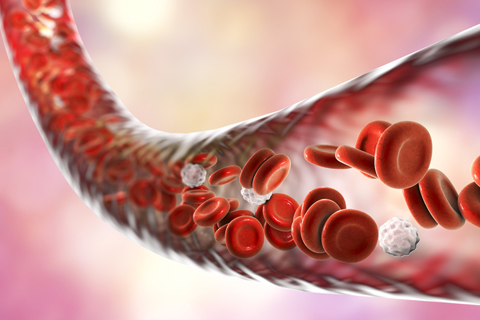About Stem Cells
Medical science has been researching stem cells since the late 1800’s but the first official research paper was published in 1961. Recent developments have proven how beneficial and integral stem cells are in treating various life-threatening disorders.
So what exactly are stem cells?
Stem Cells are the building blocks of life. They are undifferentiated biological cells that can differentiate into specialized cells and can divide to produce more stem cells. In essence, for a cell to be classified as a stem cell it needs to possess the ability to self-renew and divide itself into two cells and secondly, they should be able to turn into cells that can adapt to different organs, i.e. a stem cell can function as a simple blood cell, a brain cell or a lung cell.
The process of extracting stem cells from the umbilical cord right after birth is the most preferred way of harvesting stem cells because of the low amount of risk and costs involved. The umbilical cord blood is considered as one of the richest sources of hematopoietic stem cells, which possess the capability to form all types of blood cells – red cells, white cells and platelets.
What is an umbilical cord?
The umbilical cord is a long cord, usually 20 inches long that connects the baby to its mother inside the womb. It originates from an opening on the baby’s stomach and is attached to the placenta inside the womb. The umbilical cord plays an important role in the growth of the baby, the most important being carrying oxygen and nutrients from the placenta to the baby’s bloodstream. The umbilical cord features two arteries & one vein. The umbilical vein carries oxygenated blood to the baby & the umbilical arteries return deoxygenated blood and waste products from the baby, back to the placenta.
After the child is born, the umbilical cord is clamped and cord and cord blood collected before being sent to the laboratory. The stem cells extracted from the umbilical cord then can be preserved in a cord blood bank.
What is stem cell therapy?
Stem-cell therapy is widely defined as the use of stem cells for treating or preventing a disease or condition. The most widely used stem cell therapy today is via bone marrow transplant, but with the exponential growth of technology and medical research, therapies derived from umbilical cord blood are growing in popularity.
Stem cell therapy can be used to treat a variety of diseases and conditions, ranging from types of cancer to heart disease and more.
How can one protect her child?
Stem cell banking allows a parent to preserve their child's stem cells present in the umbilical cord blood. This provides parents with a great insurance to protect one's child should they be diagnosed with any disease or condition that can be treated with stem cell therapy. Consult your doctor in order to understand possible benefits of umbilical cord preservation in India.


Subscribe to our newsletter